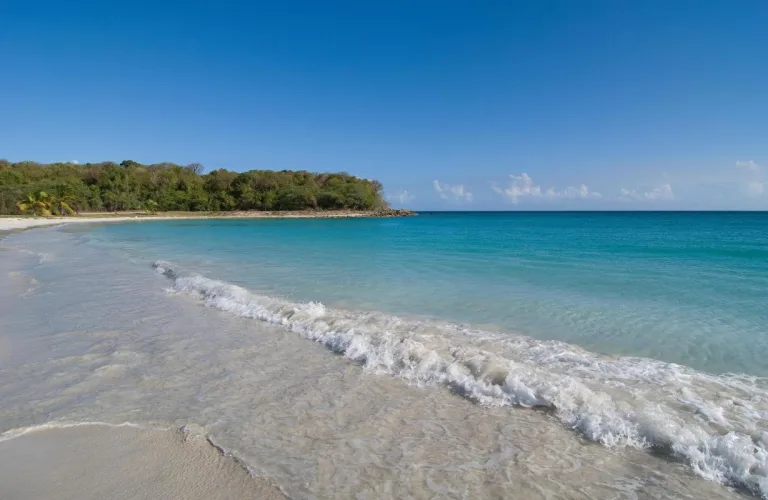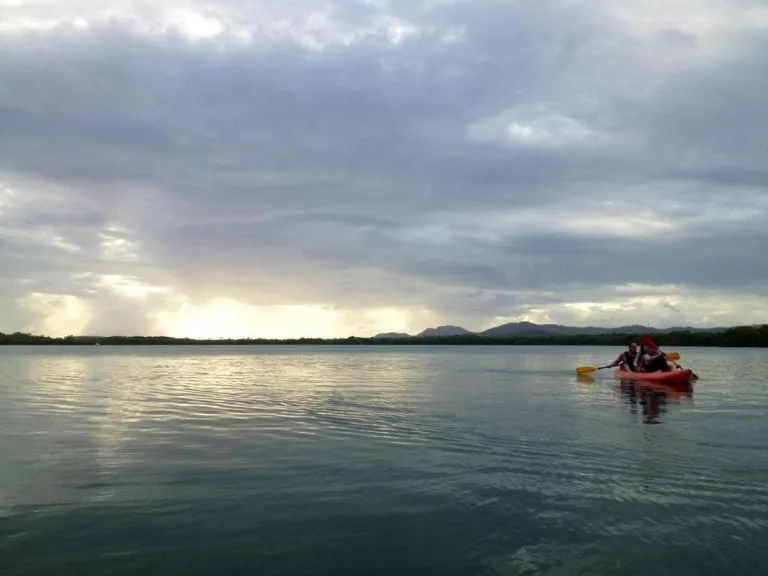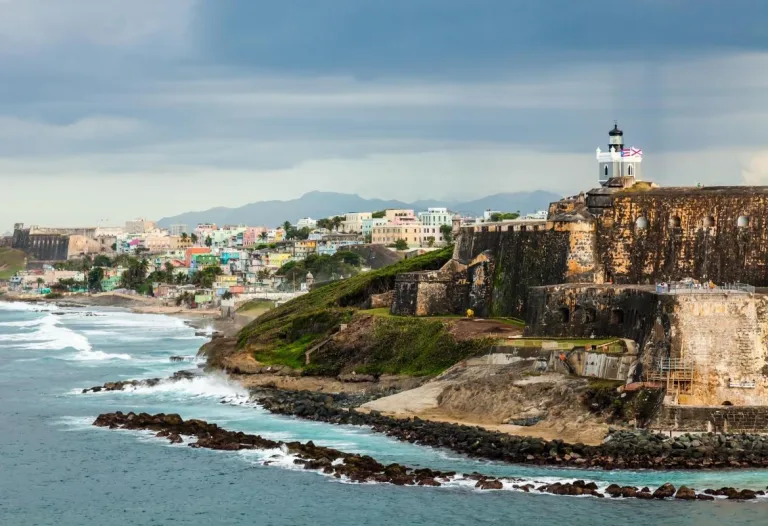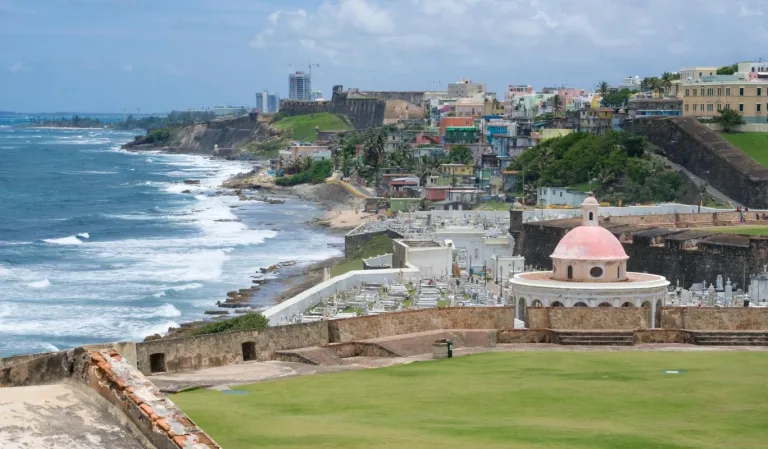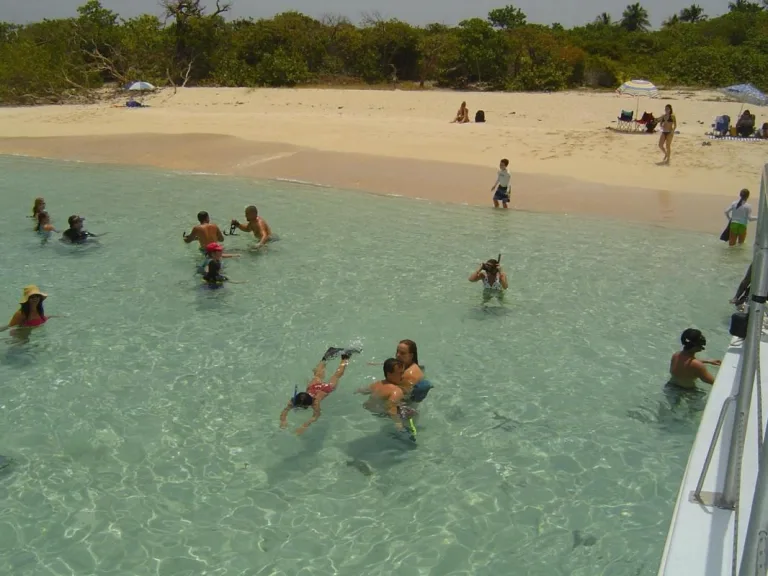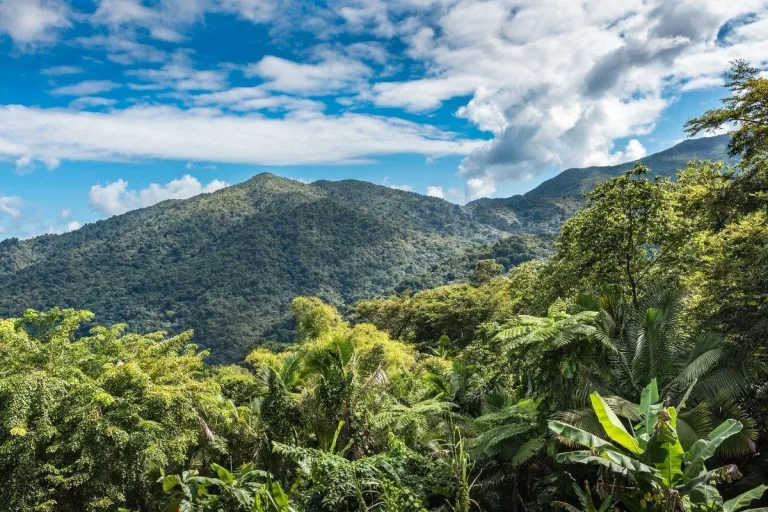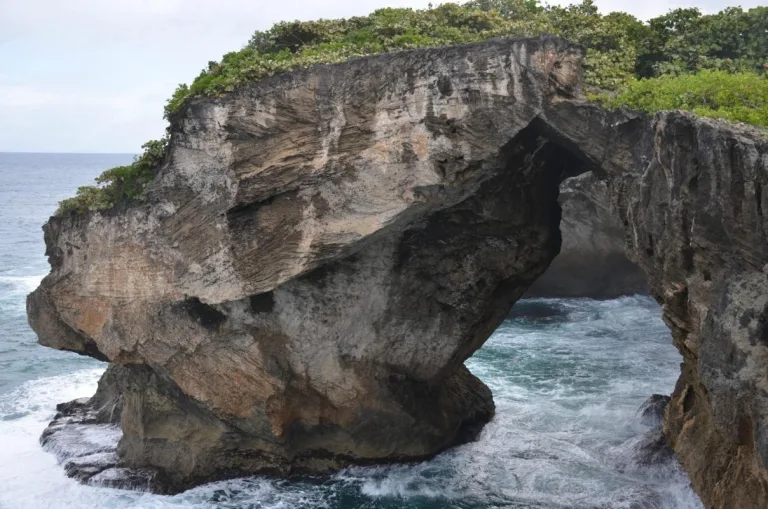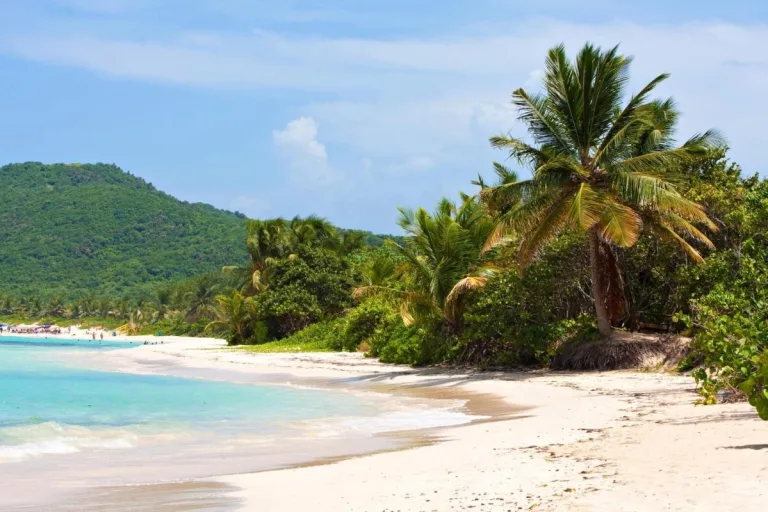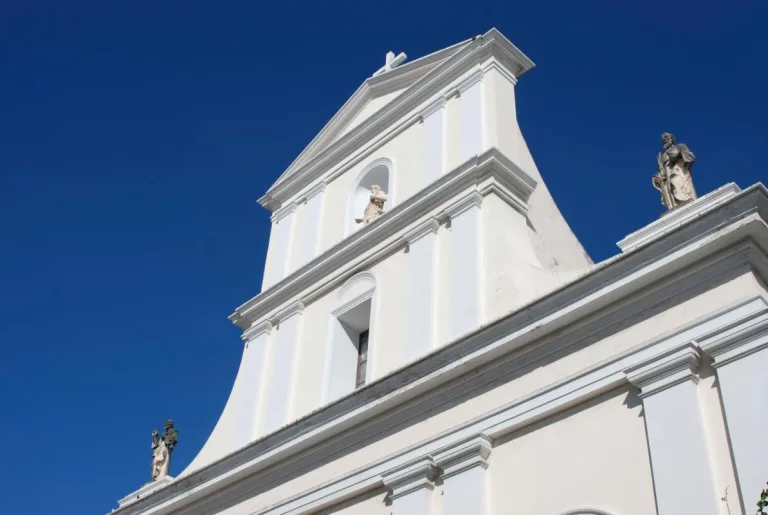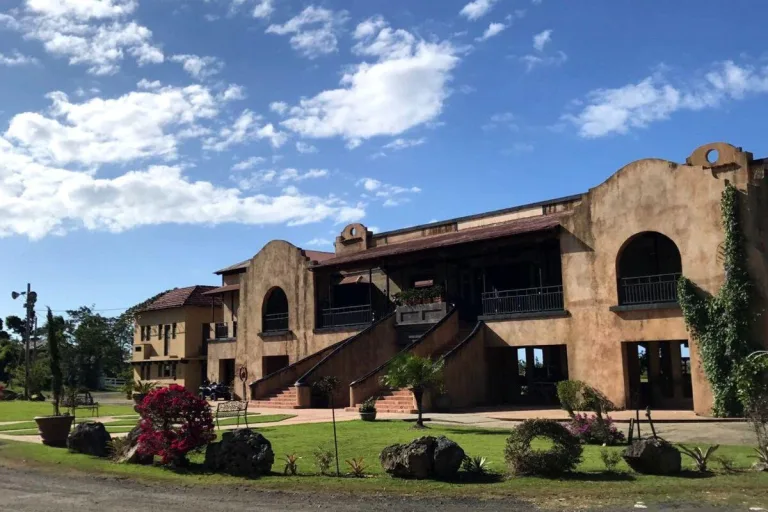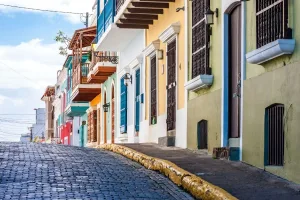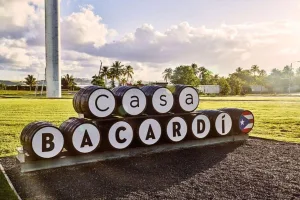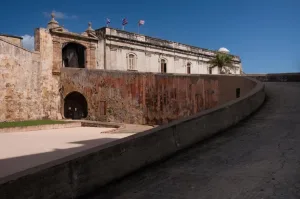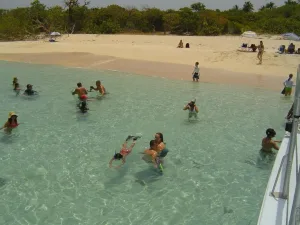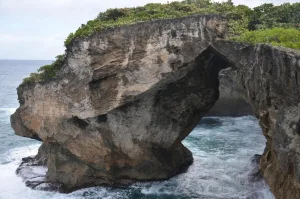Known for its soaring interiors, million-year-old stalactites and stalagmites, and namesake underground river, Rio Camuy Cave Park (Parque Nacional de las Cavernas del Río Camuy) in Puerto Rico attracts nature lovers and casual visitors alike. The 268-acre (108-hectare) complex is most famous for its cave tour, but it also offers picnic pavilions, walking trails, and a playground.
Three crater-like sinkholes and one cave are open to the public at Rio Camuy Cave, the third largest underground river cavern system in the world. Easily accessible from San Juan, a park ranger–led tour of the caves offers insight into the geological history and ecosystem of the area and builds in time to listen as the Camuy River rushes past. You can also combine your visit to the cave with a stop at the Arecibo Observatory.
-
Park entrance is limited and often capped by 10am; ensure your entry by booking ahead.
-
The cave has a cement walkway with handrails, but it is usually wet and slippery so be sure to wear closed-toe shoes with a good tread.
-
On-site amenities include a restroom, gift shop, and cafeteria.
-
Camping is permitted in summer.
-
Dress in layers, as the cave can get chilly, and bring an extra shirt in case yours gets wet.
While a guided tour is the most stress-free way to visit the park, independent travelers can take a private car or taxi to access the site on their own. Fee-based parking is available. The park is roughly a 90-minute drive from San Juan, in the karst region of the north coast.
The park is open Wednesday through Sunday from 8am until 5pm, but note that parking closes strictly at 2:45pm, the last tickets are sold by 3pm, and the last tour is at 3:30pm. Entry to the popular site often capped by 10am, so it’s best to book in advance. The park sometimes closes during heavy rain due to potential flooding.
The lush island of Puerto Rico isn’t short on natural appeal. After visiting the Rio Camuy Cave Park, pay a visit to the Cueva Ventana (Window Cave) in nearby Arecibo or head south to the Guánica Dry Forest. Of course, El Yunque National Forest is another unmissable Puerto Rican natural attraction.



